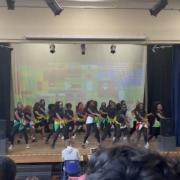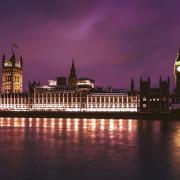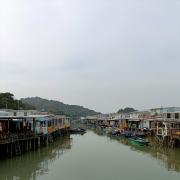
Every year on the 11th of November millions of people observe a two minute silence at 11am in memory of those who fought in the War. During this time of year millions of people can be seen wearing a red poppy on their lapel.
Originally, it was to commemorate the first world war in which approximately 18 million people died fighting in. Remembrance Day is commonly known as Armistice Day and marks the end of the First World War on Monday November 11, 1918 at 11am.
Why poppies you may ask, the reason behind the symbolic poppy is that they were the first flower to grow on the muddied battle fields.
The Royal British Legion ordered 9 million poppies and sold them on 11 November in 1921. These poppies sold out almost instantaneously and that first ever Poppy Appeal raised over £106,000 which was a significant quantity of money at the time. It was used to help World War one veterans with employment and accommodation.
Poppies were originally made by hand in a poppy factory who employed disabled ex-serviceman in Britain but now the only poppies that are made by hand are those in Scotland which are still made by ex-servicemen.
However, Britain is not the only country which takes part in the practice of wearing a poppy, many other countries do such as Canada, New Zealand and especially in commonwealth countries. Over time they have become an international symbol of remembering the fallen soldiers. These poppies are red due to the natural colour of poppy fields and not because of the colour of blood which is common ideology.
The representational poppy was made famous by the poem ‘In Flanders Fields’, written by John McCrae during the First World War and these poppies grew over the graves of the soldiers in Flanders.
Not only on this fateful day, but all year round, we should recognise the privilege and advantages that we have due to our country being at peace.
There is more than one type of poppy which is sold at this time every year, in Scotland they have four red petals with no green leaf. Poppies are not only sold as brooches and pin badges but there are many other forms of poppies which can be purchased at this time of year such as wristbands, dog collars and even clothing which can all be purchased on the Royal British Legion website. There is an extensive variety of merchandise that can be acquired to raise money for those who need support.
The money which is raised when buying poppies is used to support the families of serving and ex-servicemen, women and their relatives who are in need, financially or otherwise. Last year alone the Royal British Legion raised £51 million and it was spent on helping those in need.
Furthermore, the Royal British Legion was able to fund recovery centres around the country to help those badly injured to recuperate, with a further £18 million. They also funded seven residential homes and four welfare break centres which costed them a further £8 million.
Devastatingly, £150,000 worth of fake poppy merchandise was imported from China this remembrance day but fortunately Border Force officers seized the goods before they could be retailed taking thousands of pounds away from the British Royal Legion.
Did you wear a poppy?
By Katie Trebes The Sydney Russell School


























